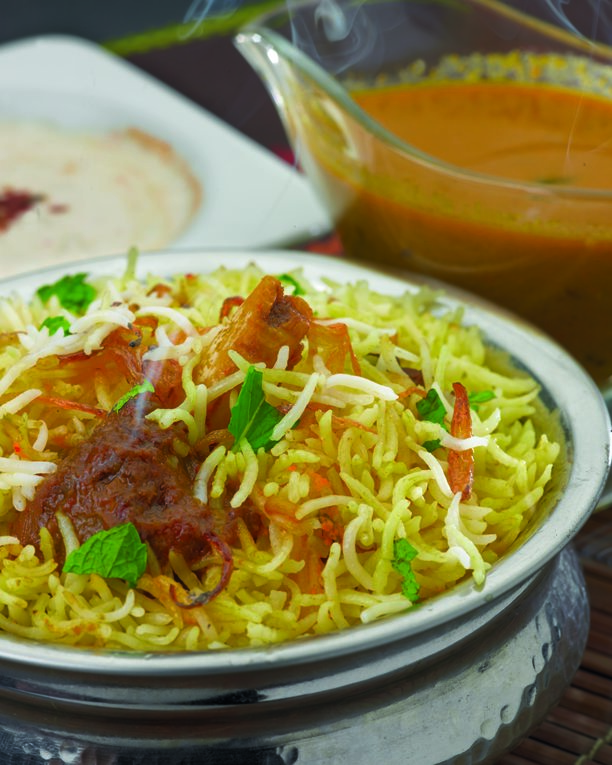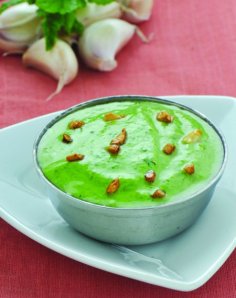As Indians, we all love when our biryanis and certain authentic curries are done to perfection on dum! Dum is nothing but one of the ways that falls under the ‘slow cooking’ category. A cooking method that is back in vogue and people around the world are readily accepting it. 
Any kind of food preparing method that depends on low-heat usage for a long time can fall under the ‘slow cooking’ technique. As already stated, dum in Indian cooking is one of the best examples alongwith others like low-heat ovens, pit cooking, barbecues, etc., that are common worldwide.
So, why slow cooking is back, and that too with a bang!? Lies in the irony of our lives. The faster it became, the more we looked out for solutions that made life fuss-free. Gone are the days when we actually sit and ponder over what we want to eat in our meals (unless of course if it’s a weekend). By the time we reach home, our head doesn’t allow us to put in that extra effort to cook (even if the heart wants us to do that!).
Thus, the conclusion – speed of cooking inversely proportional to the speed of life! It’s as simple as that.
Hence, the idea of slow cooking does best for this fast paced life – take a cooking utensil, throw in the meats/veggies alongwith seasoning and spices and let it simmer on low heat. And by the time you freshen up and get back to eat, voila! You have a complete meal ready – hearty, nutritious and delicious! Plus you saved your time and energy that you can put-in on relishing the final dish! Cool, isn’t it?
Proves absolutely useful for bachelors and spinsters too – the ones who go weak on their knees even with the thought of cooking the simplest of meals! You can almost swear by this method to prep-up some great homemade dishes. What better can the feel be – it saves you from the guilt of feeding on fast-food or restaurant food daily!
-
Makes food extremely soft by breaking down the hard connective tissues. So, great for fibrous veggies and tough cuts of meats.
-
Provides better results as flavours are infused with one another over time. Brings out the best.
-
To achieve a uniform level of cooking of a huge quantity, without burning or drying.
-
Want to dissolve your pastas, potatoes or beans into stews? Go for slow-cooking.
-
Long-cooking times can automatically create a festive atmosphere with food being the centre of attraction. Use the slow-cooking method to create your unique dishes for that special gathering!
But just remember these few cons…
-
Not a good option for caramelising certain food ingredients.
-
You cannot expect to get crunchiness on food with this method. For obvious reasons!
-
If you want to keep those burst of flavours distinct and avoid mixing of them with one another, you definitely shouldn’t be opting for slow cooking.
So, you already gotten yourselves to slow cooking? Well, master it with investing in the right type of gadgets as well – everything from the simple slow cooker, stock pot and casserole to the fancy high-end combi-oven and Sous Vide cookers are available in the market. You just need to decide on your preference, get one of these and use them whenever you plan to slow cook.
As I end, here’s a list of some of my favourite food that is slow cooked. These include not just the non-veg fare like a flavourful Paya Shorba, Dum Murgh, Hyderabadi Dum Gosht Biryani, Dum ki Kaliyan (I put it up on my restaurant, The Yellow Chilli’s menu too!) but even veg dishes like Qaabooli (a traditional Hyderabadi biryani with rice and Bengal gram), Lehsuni Tendli, Tinda Dum Tamatar, Dum Paneer Mitti Handi (done in earthenware to enhance the flavours all the more!), some international stews, one-pot meals, etc.
I would definitely recommend all to try these recipes out, the way they are supposed to be. Just log onto www.sanjeevkapoor.com and get going.
Happy slow cooking!


